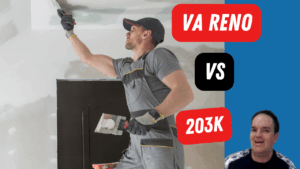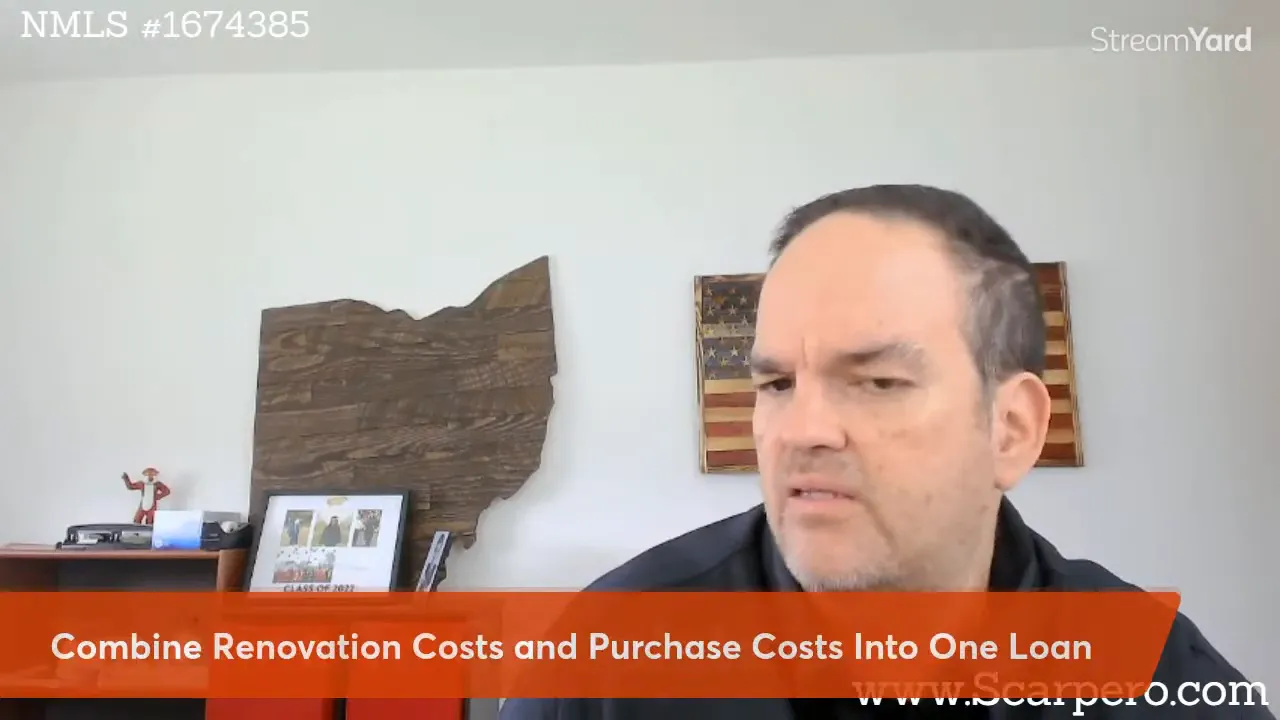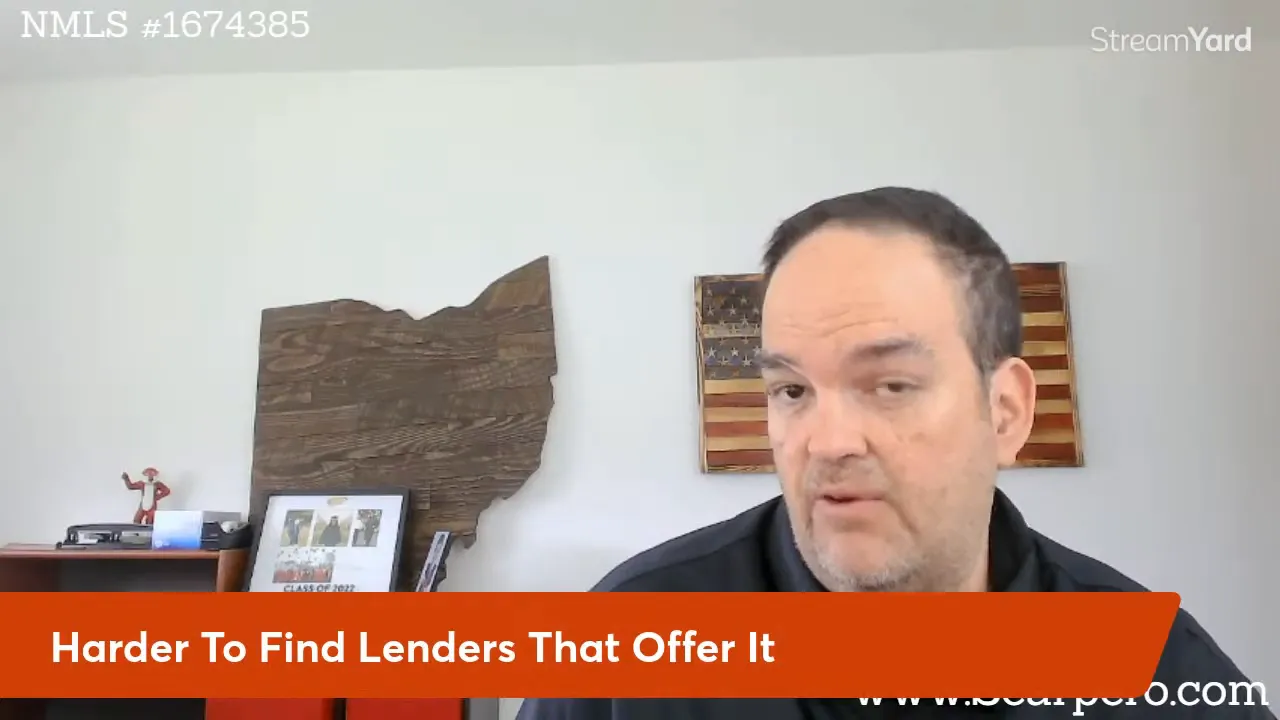
VA Reno vs 203k…..Which Renovation Program Is Best?
VA Reno vs 203k: Which Renovation Mortgage Program Is Best? Table of Contents Key Takeaways What Is a Renovation Mortgage? The VA Renovation Loan: Benefits
Carlos Scarpero- Mortgage Broker
In today's competitive real estate market, where inventory is tight and finding the perfect home can be a challenge, renovation mortgage programs can open doors to properties that need a little TLC. Combining the purchase price and renovation costs into a single loan, these programs allow buyers to expand their options beyond move-in-ready homes. Two of the most common renovation loans are the VA Renovation Loan and the FHA 203k Loan. Understanding the differences between these programs is essential to making an informed decision that fits your unique situation. Let's dive into what each program offers, their benefits, limitations, and which might be the best fit for you.

A renovation mortgage is a specialized loan that bundles the costs of buying a home and making necessary repairs or improvements into one financing package. This is ideal if you're eyeing a property that isn't perfect—maybe it has cosmetic issues, outdated systems, or structural concerns that need fixing. Renovation loans give buyers the flexibility to purchase homes with imperfections and invest in upgrades after closing, which is especially valuable in a market with limited housing inventory.
The VA Renovation Loan is designed for eligible veterans and active-duty service members. It combines the VA loan’s benefits with the ability to finance renovations, making it an attractive option for those who qualify.
Despite its advantages, the VA Renovation Loan can be challenging to navigate due to limited lender participation and restrictions on the scope of renovations.

The FHA 203k loan is a government-backed renovation loan available to a broader audience, including first-time homebuyers, investors, and those who do not qualify for VA loans. It offers more flexibility but comes with additional costs.
While the FHA 203k loan offers more flexibility, it comes with higher costs:
Both renovation programs have their place depending on your eligibility, property condition, and renovation goals. Here's a side-by-side comparison to help clarify which might be better for you.
| Feature | VA Renovation Loan | FHA 203k Loan |
|---|---|---|
| Eligibility | Veterans, active-duty, National Guard, Reserves | Anyone qualifying under FHA guidelines |
| Down Payment | Zero down | 3.5% (or 10% for lower credit scores) |
| Interest Rates | Lower rates | Higher rates |
| Repair Caps | Lender-specific, typically $50k–$100k or more | Generally no caps but subject to lender approval |
| Repair Scope | Limited (usually no structural repairs) | Extensive, including structural repairs |
| Occupancy Requirements | Must occupy within 60 days (extensions rare) | Occupancy can be postponed during renovations |
| Mixed-Use Properties | Generally not allowed | Allowed up to 49% commercial use, but no renovation funds on commercial portion |
| Loan Availability | Very limited lenders | Many lenders offer FHA 203k |
If you are eligible for a VA loan, the VA Renovation Loan is generally the recommended route due to its zero down payment and lower interest rates. However, you need to consider the limitations on the types of repairs allowed, lender availability, and occupancy rules. If your renovation needs are extensive or you want more flexibility, the FHA 203k loan may be the better choice despite the higher costs.
For example, if you want to purchase a property that requires significant structural repairs or has a mixed-use component, the FHA 203k will likely be your only option. On the other hand, if you are a veteran looking for a smaller renovation project with the benefit of no down payment, the VA Renovation Loan could be ideal.
Choosing between a VA Renovation Loan and an FHA 203k loan depends on your eligibility, renovation needs, and financial situation. Both programs offer unique advantages and challenges. VA Renovation Loans provide great benefits for eligible veterans with smaller renovation needs, while FHA 203k loans offer broader access and flexibility for larger projects.
Given the complexities involved, especially with occupancy rules and lender restrictions, it's essential to work with a knowledgeable mortgage professional who specializes in renovation loans. With the right guidance, you can turn a less-than-perfect property into your dream home while maximizing your financing options.
If you have questions about renovation mortgages or want personalized advice, feel free to reach out and discuss your situation with an expert.

VA Reno vs 203k: Which Renovation Mortgage Program Is Best? Table of Contents Key Takeaways What Is a Renovation Mortgage? The VA Renovation Loan: Benefits

The VA Energy Efficient Mortgage (EEM) : The Complete Guide Table of Contents Key Takeaways What Is the VA Energy Efficient Mortgage (EEM)? Eligible Energy

Bad Credit VA Loan…All Your Questions Answered Frequently Asked Questions What is a minimum credit score to get a VA home loan? What are lender